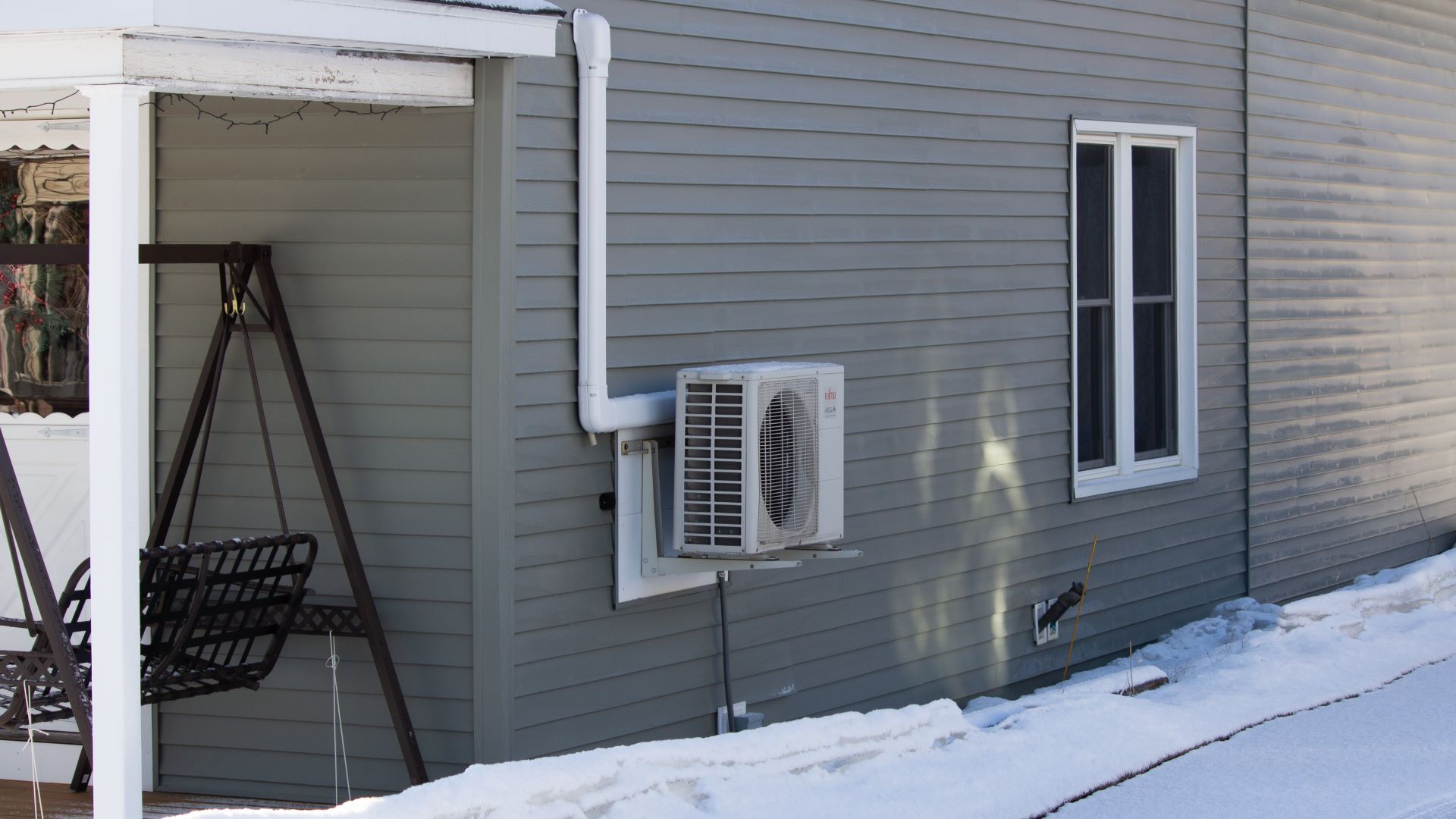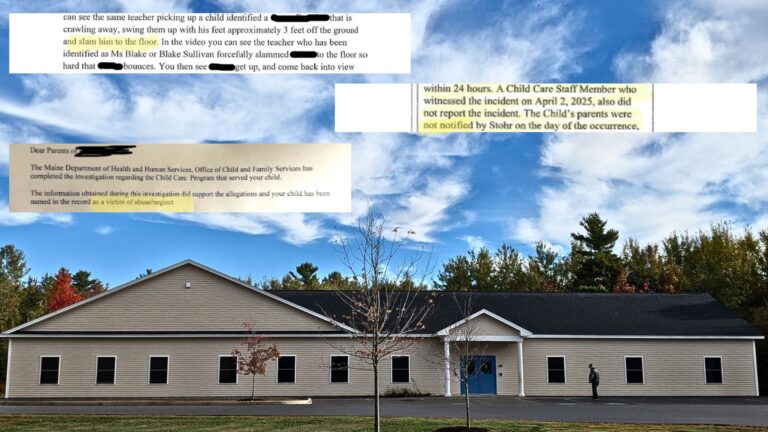This guide will be periodically updated with new tips and incentives to help Mainers transition off home heating oil and onto lower-carbon, lower-cost technologies.
Today, we’re focusing on energy efficiency upgrades — ways to use less oil without totally changing your heating system.
But first, here’s Annie Ropeik’s audio report from WBUR in Boston on her Hooked on Heating Oil series she is reporting for The Maine Monitor.
How much fuel do you use?
Start by adding up your oil usage and bills for the year (and compare to the past few years if possible, as prices tend to change). In addition, total up your annual electricity costs and the costs of any other fuel you use (propane, wood), etc.
This will give you a complete picture of what you pay for energy and how you might shift costs around.
Efficiency Maine’s home energy efficiency calculator tells you how your home’s energy use stacks up to a home with good insulation and weatherization.
Upgrade the energy efficiency of your home!
This is the first, most critical step to using less fuel and lowering your emissions and costs. Weatherization and other efficiency upgrades start with an energy assessment, which can help you gauge your home’s need for air sealing, new insulation, window and door upgrades, and more.
Use this state tool to find a contractor.
State incentives: Efficiency Maine offers up to $8,000 in rebates for home insulation upgrades. Many homeowners can also get up to $7,500 in low-interest loans for home energy upgrades that are eligible for those rebates (any-income loans are coming soon, the state says).
Federal tax incentives: 30% of various project costs, up to $3,200 a year across all efficiency upgrades — broken down, according to Energy Star, into a maximum of $1,200 for “any combination of home envelope improvements (windows/doors/skylights, insulation, electrical) plus furnaces, boilers and central air conditioners” and $2,000 for “any combination of heat pumps, heat pump water heaters and biomass stoves/boilers” (which we’ll get to in a moment).
Energy Star recommends spreading your upgrades out to ensure you get the maximum tax credit each year. An energy audit can help you prioritize.
Here are some specific federal tax credit options, courtesy of Energy Star:
Insulation and air sealing: 30% of project costs up to $1,200
Home energy audits: 30% of project costs up to $150
Windows and skylights: 30% of project costs up to $600
Exterior doors: 30% of project costs for up to two doors, a maximum of $250 each
Electrical panel upgrades: 30% of project costs when paired with other efficiency upgrades, up to $600
And don’t forget about your hot water heater — there are state rebates and federal incentives for upgrades, including for highly efficient water heaters powered by heat pump technology.
Rewiring America, an advocacy group, has this calculator for how much you could save with Inflation Reduction Act funds.
Efficiency Maine lists a handful of other federal tax incentives for projects large and small.
And here’s a handy Energy Star tool: a rebate finder for your zip code that generates a list of all federal and state incentives by equipment or upgrade type.
If you want to keep using oil, make sure your furnace or boiler is efficient:
Efficiency Maine lists lots of fuel-saving features to look for in your oil boiler or furnace. If you’re thinking of replacing your oil system and you’re worried about costs and emissions, you should consider other fuels — oil is especially carbon-intensive and subject to volatile price swings.
Efficiency Maine also recommends smart thermostats to better control when your heat and cooling kick on and off, no matter your fuel.
Federal tax incentives: 30% of the cost of a new gas or oil furnace, up to $600.
If you make roughly 200% or less of the federal poverty level (about $40,000 for a two-person household):
Start with MaineHousing’s energy programs and call your local community action agency.
Check these income eligibility guidelines to see if your household may generally qualify for low-cost or free energy upgrades provided through these agencies.
Some MaineHousing programs that can help you lower your oil costs and usage:
HEAP: annual assistance paying heating bills
Heat Pump Program: free heat pumps for low-income households
Weatherization: free or low-cost insulation, air-sealing and more
Central Heat Improvement Program: repairs and replacements for furnaces and boilers, especially in emergency breakdowns
If you’re a renter:
First of all, send this guide to your landlord and ask them to make repairs that will save you both money.
There are limited incentive programs available to help renters with their energy usage. MaineHousing has an incentive of up to $400 for certain low-income renters to replace or repair their central heating equipment.
Climate change is overwhelming, but many New Englanders are looking for ways to do something about it by “living greener.” Sign up for WBUR’s newsletter Cooked to learn what food choices actually make an impact in our region.







